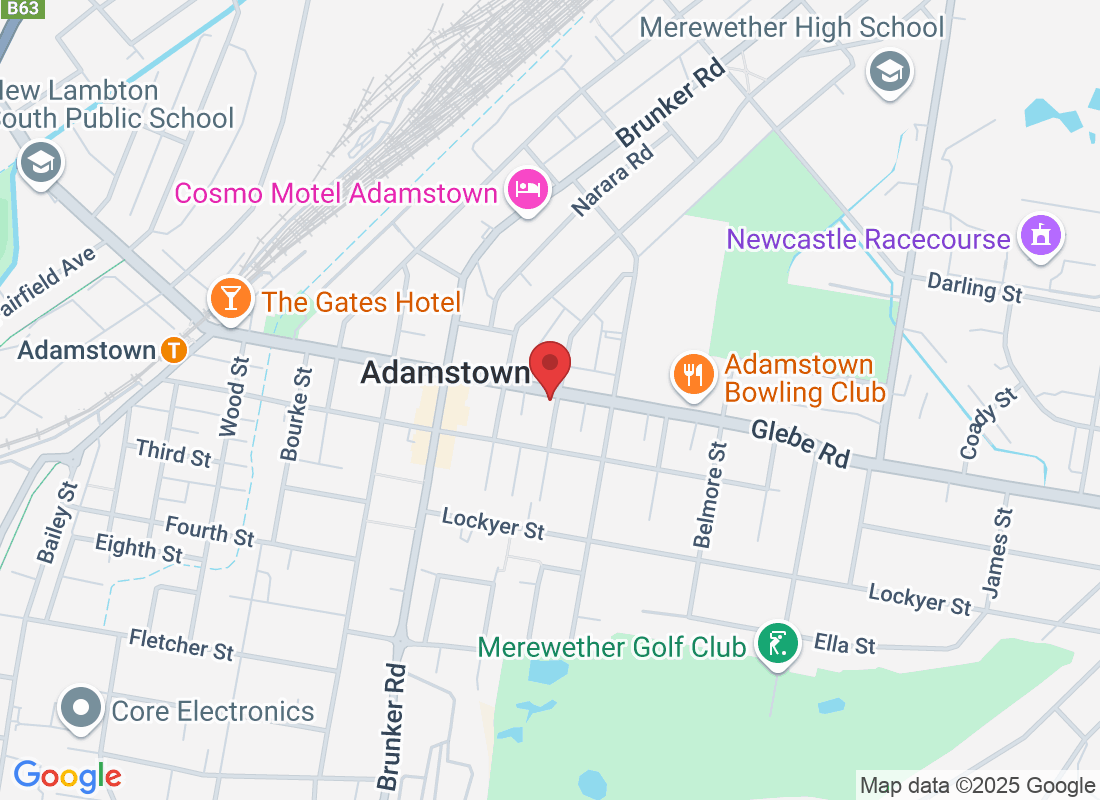
Healing Through Touch: The Role of Manual Therapy in Sports Physiotherapy
Sports injuries can be frustrating and painful, often hindering your performance and limiting your daily activities. At Sport & Spine Physiotherapy, we understand the challenges athletes face when recovering from injuries. Manual therapy is a vital component of sports physiotherapy that can significantly aid in your recovery process. In this overview, we will discuss the various manual therapy techniques used in sports physiotherapy, their benefits for athletes, and why incorporating these techniques into your treatment plan can lead to faster recovery and improved performance.
What is Manual Therapy?
Manual therapy refers to hands-on techniques used by physiotherapists to manipulate muscles, joints, and soft tissues. These techniques aim to alleviate pain, improve mobility, and promote healing by addressing the underlying issues that contribute to discomfort. Manual therapy can be beneficial for athletes recovering from injuries, as it helps restore function and enhance overall performance.
Techniques Used in Manual Therapy
Joint Mobilisation
Joint mobilisation involves the application of controlled movements to joints to improve their range of motion and reduce stiffness. Physiotherapists use this technique to restore normal joint mechanics and alleviate pain associated with injuries. It’s particularly effective for athletes recovering from sprains, strains, and joint-related injuries.
Soft Tissue Manipulation
This technique targets the muscles, fascia, and other soft tissues to relieve tension and promote blood flow. Soft tissue manipulation can help break down scar tissue and adhesions, enhancing flexibility and range of motion. For athletes, this means quicker recovery times and a reduced risk of re-injury.
Myofascial Release
Myofascial release is a gentle technique that focuses on relieving tension in the fascia, the connective tissue surrounding muscles and joints. By applying sustained pressure to specific points, physiotherapists can release tightness and improve circulation. This is especially beneficial for athletes experiencing tightness or discomfort in specific muscle groups.
Trigger Point Therapy
Trigger point therapy involves applying pressure to specific “trigger points” in muscles that cause pain and discomfort. By releasing these trigger points, athletes can experience significant relief from muscle tension and improve their overall performance. This technique is effective for managing muscle soreness and tension that can arise from intense training.
Passive Range of Motion (PROM) Exercises
In situations where an athlete is unable to move a joint actively, physiotherapists may perform passive range of motion exercises. This involves the therapist moving the athlete’s joint through its range of motion to maintain flexibility and prevent stiffness. PROM exercises are crucial during the early stages of recovery from injury.
Benefits of Manual Therapy for Athletes
Incorporating manual therapy into your recovery plan offers several advantages for athletes:
Pain Relief: Manual therapy techniques effectively alleviate pain, allowing athletes to engage in rehabilitation exercises more comfortably.
Improved Mobility: By enhancing joint mobility and soft tissue flexibility, athletes can regain their full range of motion, essential for optimal performance.
Faster Recovery: Manual therapy promotes healing by improving circulation and reducing inflammation, resulting in quicker recovery times.
Injury Prevention: Regular manual therapy can help identify and address underlying issues before they develop into significant injuries, keeping athletes in peak condition.
Enhanced Performance: By restoring function and reducing pain, athletes can return to their sport with confidence, knowing they are physically prepared to perform at their best.
Conclusion
Manual therapy is a powerful tool in sports physiotherapy that plays a crucial role in helping athletes recover from injuries. By utilising techniques such as joint mobilisation, soft tissue manipulation, and myofascial release, physiotherapists can aid in pain relief, improve mobility, and enhance overall performance. At Sport & Spine Physiotherapy, we’re committed to providing personalised care that addresses your unique needs and helps you get back to doing what you love. If you’re ready to take the next step in your recovery, contact us today to learn more about our manual therapy services and how we can support you on your journey to recovery.



